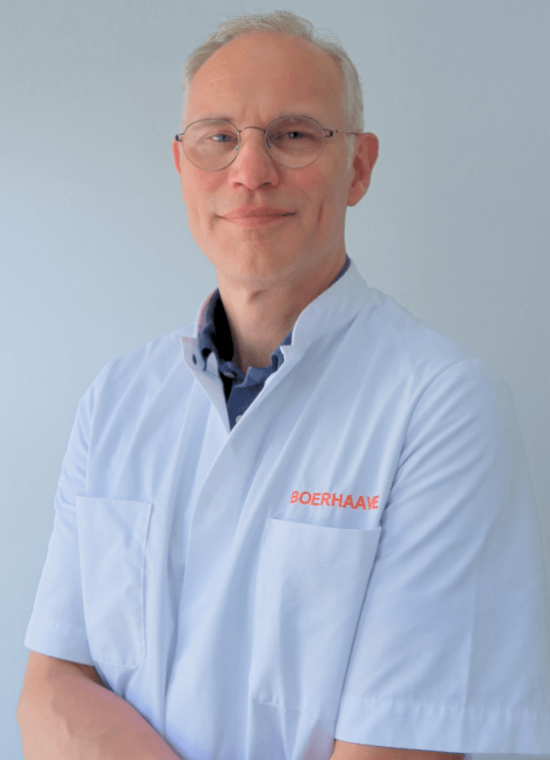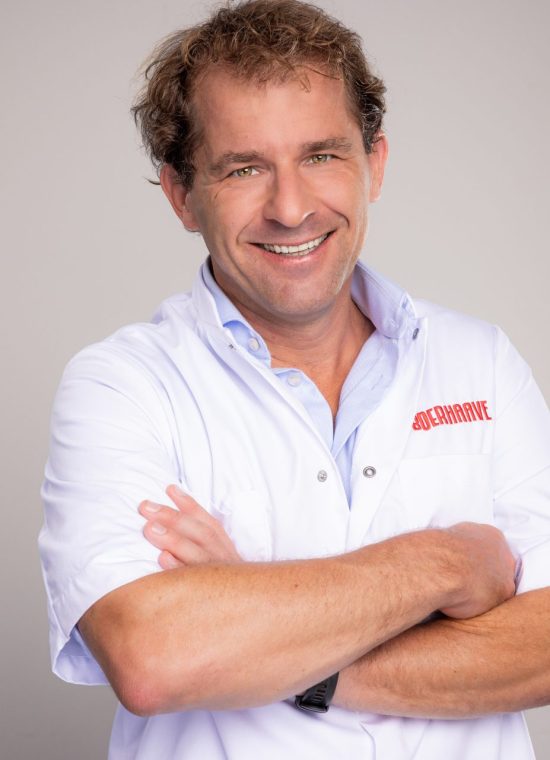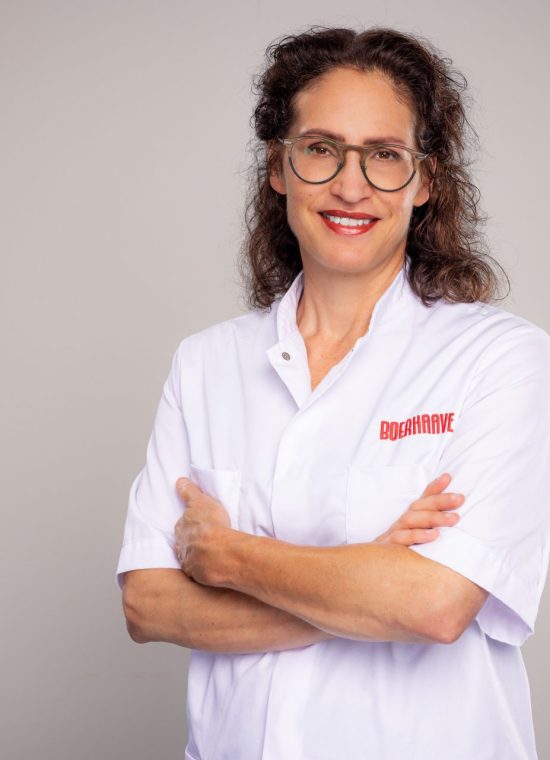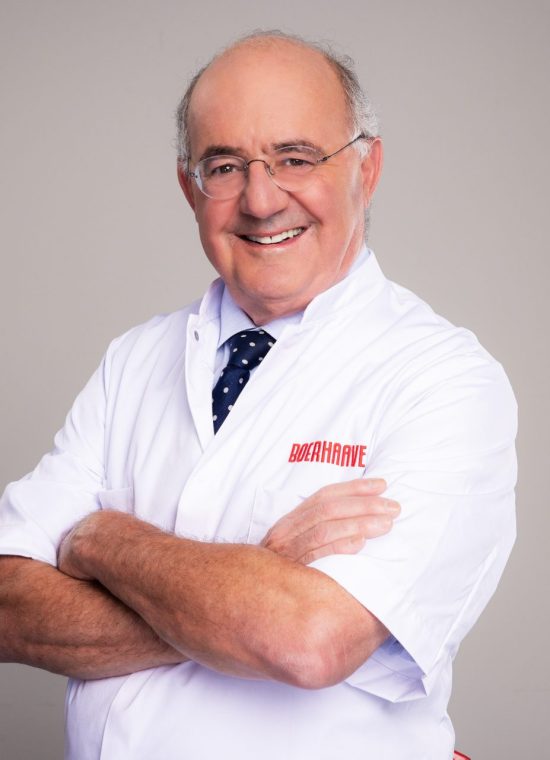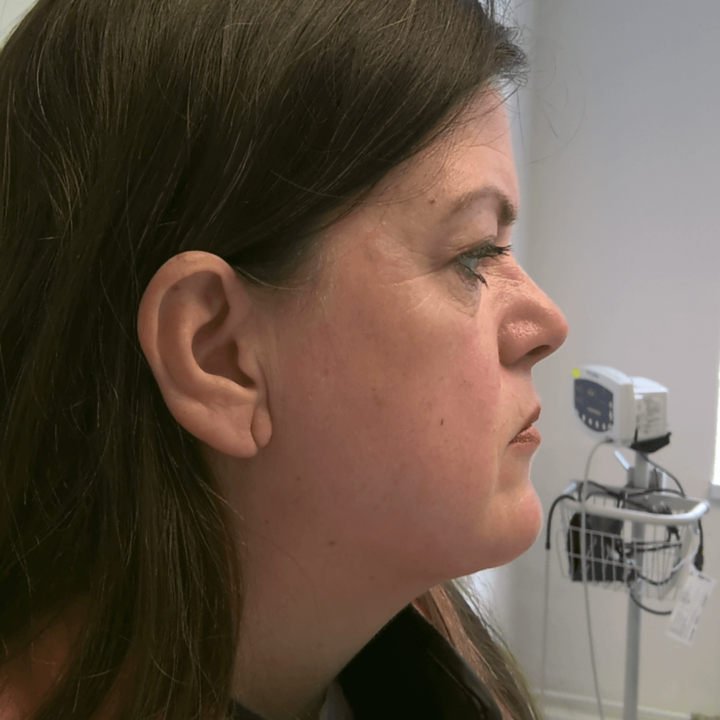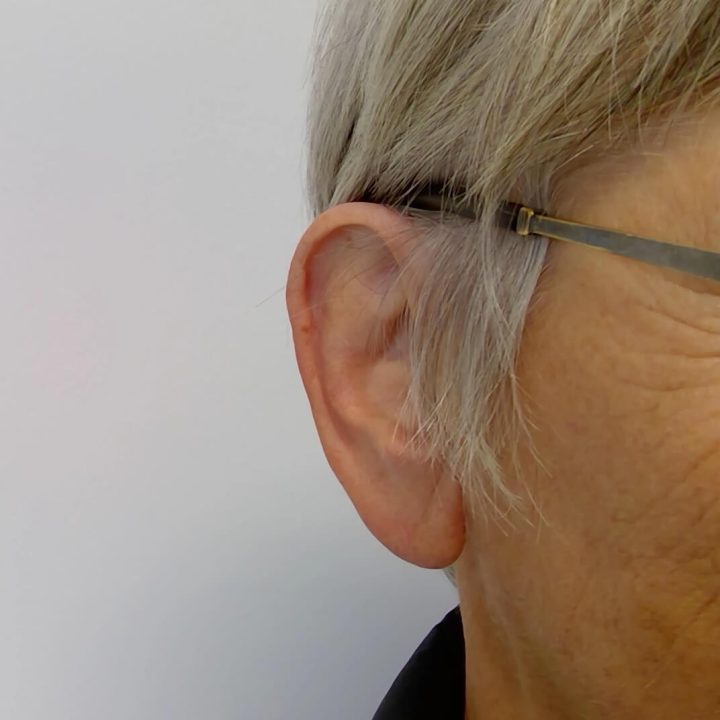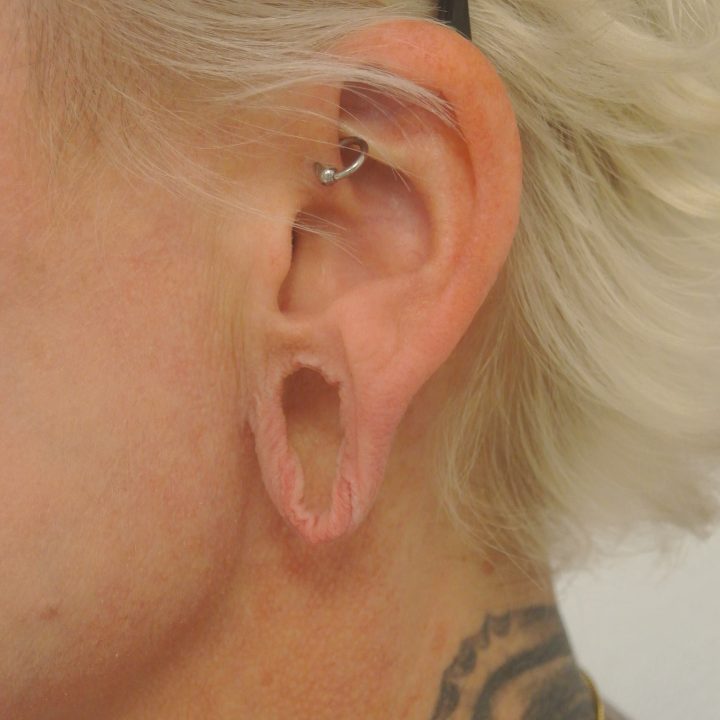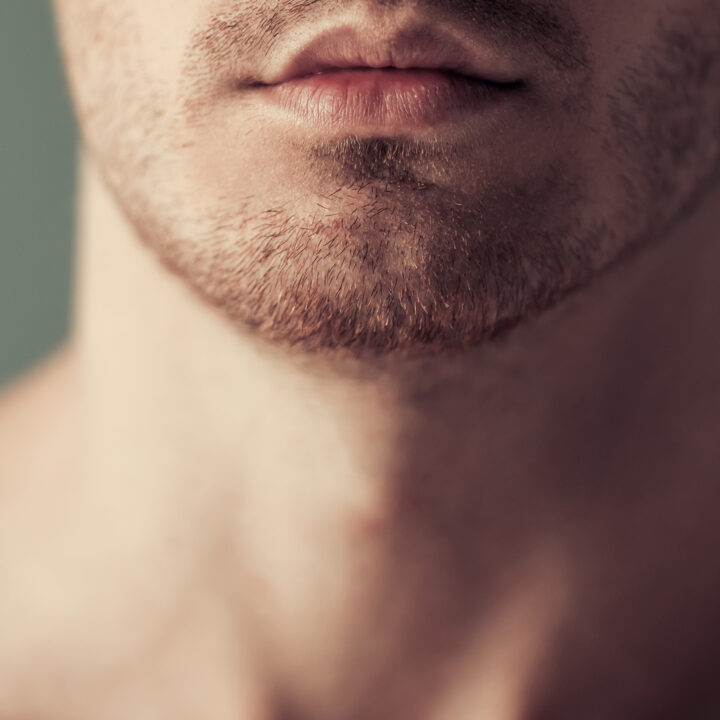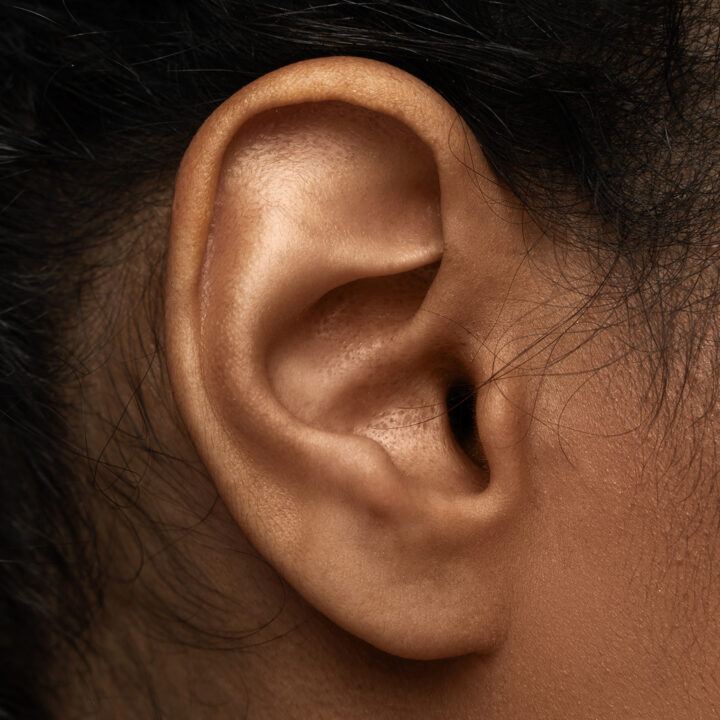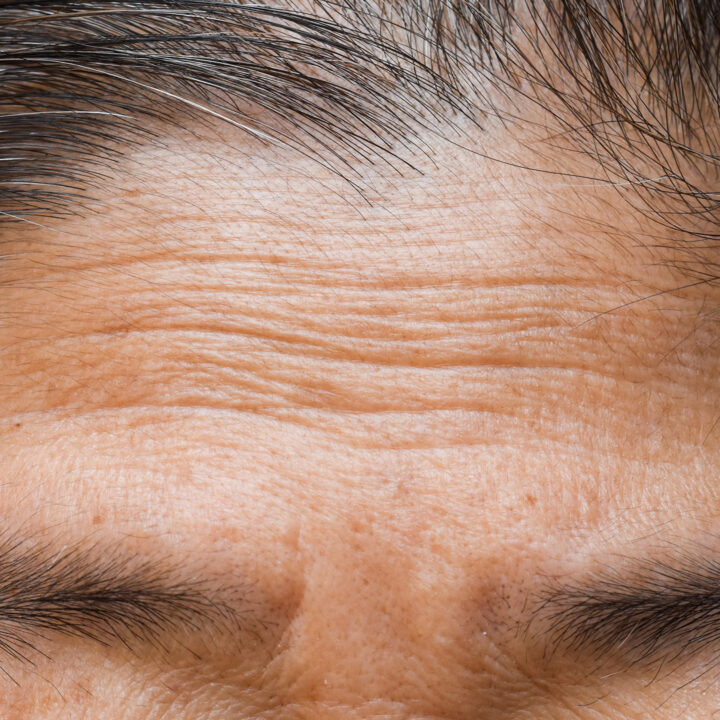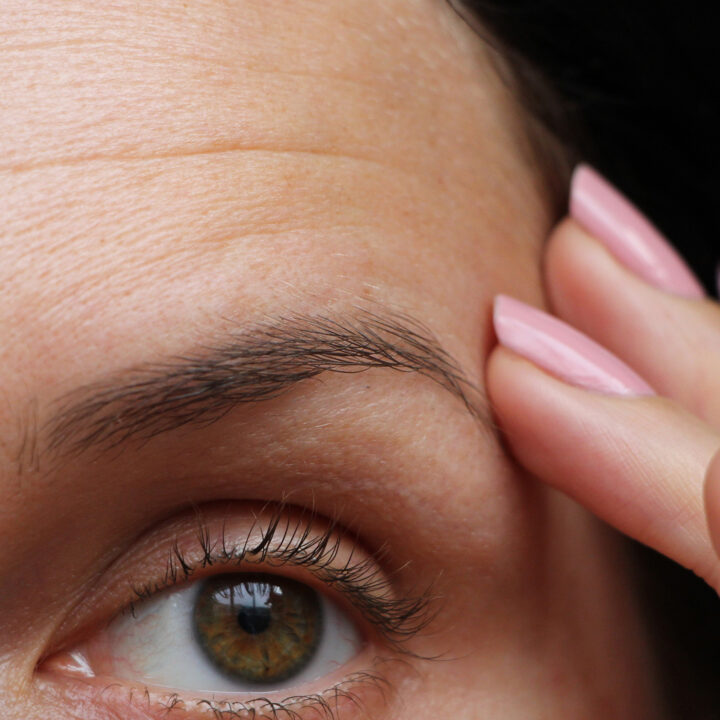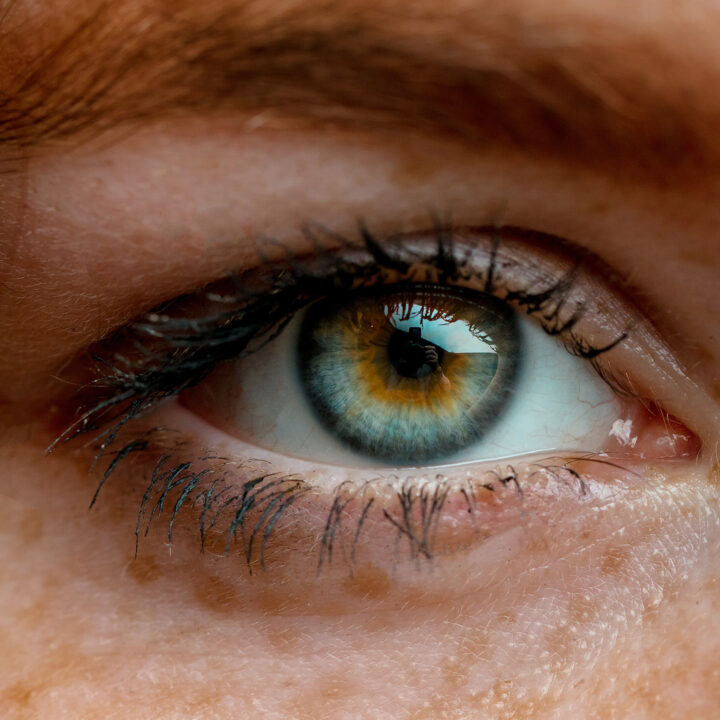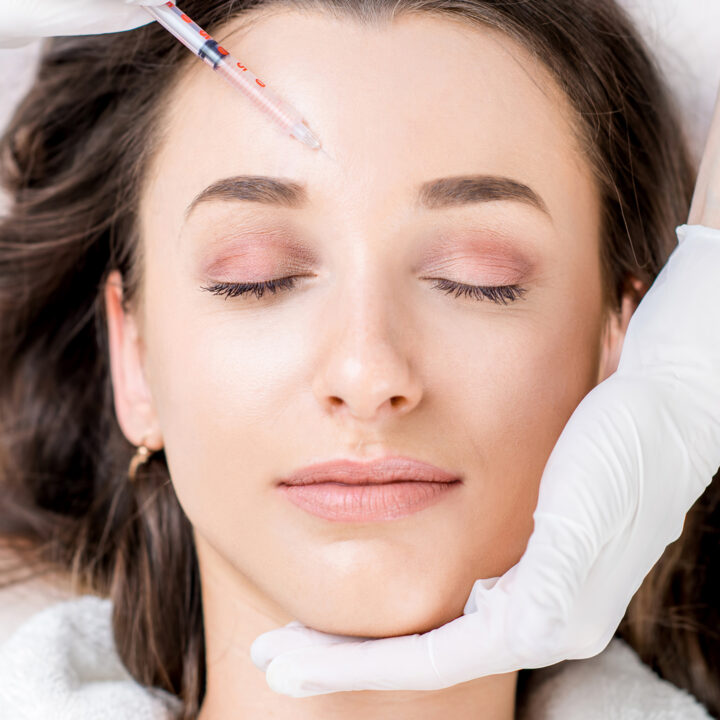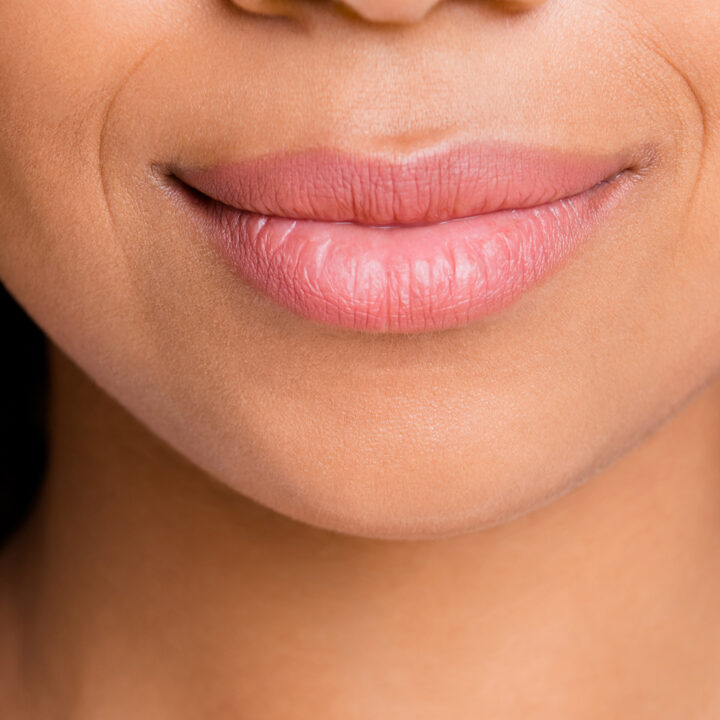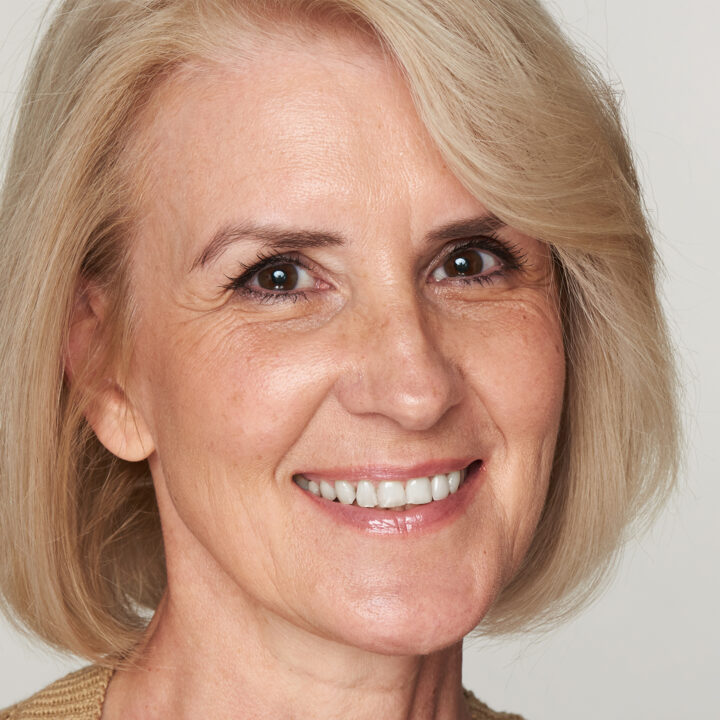Earlobe correction
Earlobes may tear or split as a result of wearing heavy earrings over the years. Pierced ear holes may tear, so not only could you lose your earring, but you may also end up with disfigured ear lobe(s). An ear lobe correction can be performed to remedy your earlobes. You can even have your ears pierced again after a couple of months.
In addition to torn earlobes, ear lobe correction procedures can be performed on earlobes that are overly large. The plastic surgeon can decide whether you are a good candidate for an ear lobe correction and whether the results you are looking for can be achieved.
What does the earlobe correction cost
01 More information
An ear lobe correction is suitable for repairing torn earlobes, reducing the size of the earlobes and improving the appearance of the earlobe after a facelift treatment.
Earlobes are made of soft tissue. A small incision is made in the lobe through which tissue can be removed to adjust the size and shape of the ear lobe. With a torn ear lobe, it will be possible to improve the damage in many cases, but the scars will remain visible.
02 Consultation
The consultation is always held with the plastic surgeon who will be carrying out your procedure.
During this first consultation, you can discuss what bothers you the most about your ear lobes and what you expect in terms of end results. The plastic surgeon will then ask you a few medical questions and will examine your ear lobes. Photos will be taken for your medical file.
In front of a mirror, you will have the opportunity to tell the plastic surgeon what you would like to have done and they will let you know if they can meet your expectations.
After this, the plastic surgeon will show you before and after photos of an ear lobe correction procedure. They will also discuss the pros and cons of the ear lobe correction, possible complications and any risks with you. The consultation will take about 15-30 minutes altogether.
Consultants
Following on from your first consultation with your plastic surgeon, you will have an appointment with your consultant. The aim of this appointment is to tell you about the general aspects to be arranged with respect to your ear lobe correction.
03 Procedure
You are expected to arrive at the Boerhaave clinic half an hour before your ear lobe treatment.
The ear lobe procedure is carried out under local sedation. The plastic surgeon carefully marks out the area to be treated in accordance with the operation plan.
They will then numb the area using local sedation. With torn or split ear lobes, the tissue around the tear is removed and the edges are pulled together and stitched. It should be noted that the scar will always remain visible.
With overly large ear lobes or ear lobe reconstructions, the location of the incision and scar depends on the type of reconstruction. For an ear lobe reduction, the incision will be made on the lower edge of the ear lobe.
Once the ear lobe has been reconstructed, the edges of the wound are stitched together with absorbable stitches and taped with a plaster.
04 After care and recovery
You are free to go home half an hour to an hour after your ear lobe correction. You must first wait for the nursing staff and plastic surgeon to give their approval for you to leave. An ear lobe correction is a minor procedure, but it still involves surgery.
Make sure that someone picks you up so you do not have to drive.
Recovery
As the anaesthetic starts to wear off, you may feel pain, which will be annoying but is usually manageable. In the first few days, you may feel pain and pulling around the ear lobe. The skin is still under tension. The ear lobes may stay red, swollen and sensitive or even numb for 1 to 2 weeks after the procedure. None of these symptoms should give cause for concern and will disappear after a few weeks. You shouldn’t worry about this, as it is your body’s natural reaction.
Scar cream
At your first check-up, you will be given a scar care cream to take home with you. Once the wound has closed and the scabs have disappeared, you can start applying the scar cream. If you apply this cream to the closed wound twice a day, you increase the chance of the wound healing nicely.
05 Results
As with every surgical procedure, the body takes time to recover. The scars will start to fade as you recover. Although the scars will become less and less visible, they will still be there.
It is useful to know that a scar takes 1 to 1½ years to completely calm down. Take care to keep the scars out of the sun, and treat them carefully. The clinic will give you a special scar care cream to take home with you.
After a few months, you will be able to make new holes in your ear lobes for earrings, if you so wish.
06 Risks and complications
It is important you are aware that every surgical intervention can entail risks and complications. Plastic surgery procedures are in principle carried out on healthy people, so the risks and chances of complications are low. We make sure any risks are reduced to an absolute minimum, by providing plenty of information, taking a thorough medical history (noting your case history, including medication, any problems experienced in previous operations, allergies, etc.) and applying our professional procedures.
Ear lobe corrections are successfully performed each week at the Boerhaave Medical Centre. The chances of any complications arising are luckily rare. You can help reduce certain risks by carefully reading through the instructions you are given prior to your ear lobe correction.
Possible complications of a surgical procedure may be:
- Haematoma (blood clot under the skin which has to be removed)
- Adverse reaction to the sedation
- Haemorrhaging
- Infection
- Change in sensitivity
- Permanently visible scars
- Damage to underlying structures
- Unsatisfactory aesthetic result.
Smoking
Patients who smoke or use tobacco or nicotine products (such as nicotine patches and chewing gum) at the time of their surgery have a greater risk of complications, such as skin loss and impaired wound healing. People who are exposed to passive smoking may also have an increased risk of complications such as these. What’s more, smoking may have a negative effect on the anaesthesia, which may in turn lead to an increased risk of bleeding. People who are not exposed to tobacco smoke or nicotine-containing products have a significantly lower risk of such complications. It is important not to smoke for at least 2 weeks prior to the operation and to keep this up for the entire recovery process.
More information
Plan your appointment now in our agenda or let us call you back.

